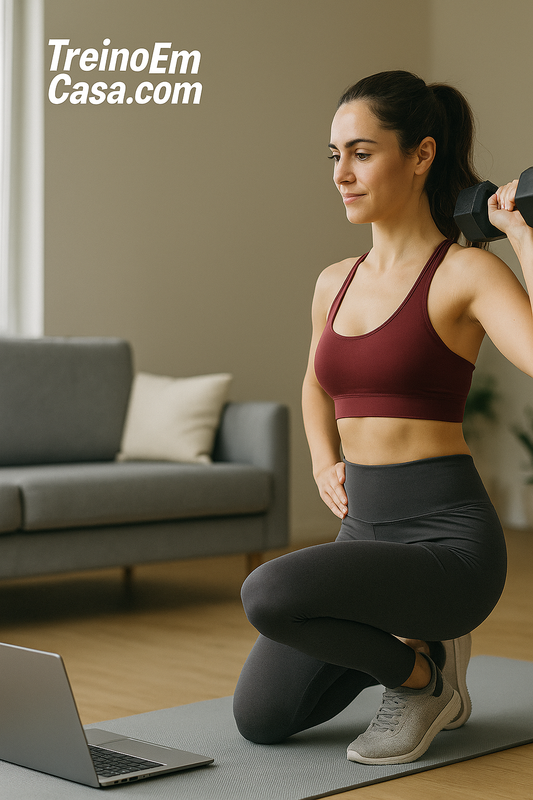
How to measure abdominal circumference with a tape measure
Share
Measuring your waist circumference is one of the simplest and most effective ways to monitor your metabolic health and the risks associated with excess visceral fat. Using just a tape measure, you can gain valuable information about your body composition and your risk of diseases such as type 2 diabetes and cardiovascular disease.

Why measure abdominal circumference?
Abdominal circumference is a relevant indicator of the amount of fat accumulated in the central region of the body. Studies show that an excessive increase in this measurement is associated with a greater risk of metabolic diseases. Compared to the body mass index (BMI), which does not distinguish between fat mass and lean mass, abdominal perimeter offers a more specific assessment of visceral fat.
Suggested Tape Measure for Measuring Abdominal Perimeter
How to correctly measure abdominal circumference
To ensure accurate and consistent measurement, follow these steps:
- Choose the right measuring tape – Use a flexible, non-elastic measuring tape to avoid distortions in the measurement.
- Position yourself correctly – Stand with your feet shoulder-width apart and your body relaxed.
- Locate the reference point – The measurement should be taken at the narrowest part of the abdomen or, if this is not available, at the navel.
- Pass the tape around your abdomen – The tape should be level and snug without pinching your skin.
- Correct breathing – Take the measurement at the end of a normal exhalation, without sucking in your belly.
- Record the value – Write down the measurement and repeat it periodically to monitor changes.
Reference Values
According to the World Health Organization (WHO), the warning values for increased risks of metabolic diseases are:
- Men : >94 cm (increased risk), >102 cm (substantially increased risk)
- Women : >80 cm (increased risk), >88 cm (substantially increased risk)
Conclusion
Regularly measuring your waist circumference is an affordable and effective tool for monitoring your health and progress with a training and nutrition program. With this information, you can adjust strategies to improve your body composition and reduce health risks. If your waist circumference is elevated, it is advisable to seek advice from a health or nutrition professional.



